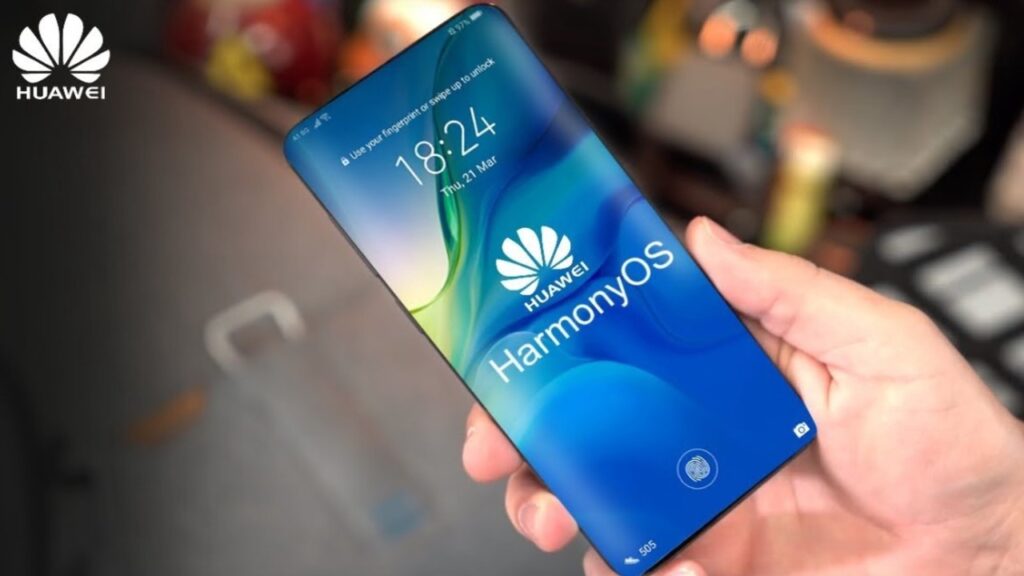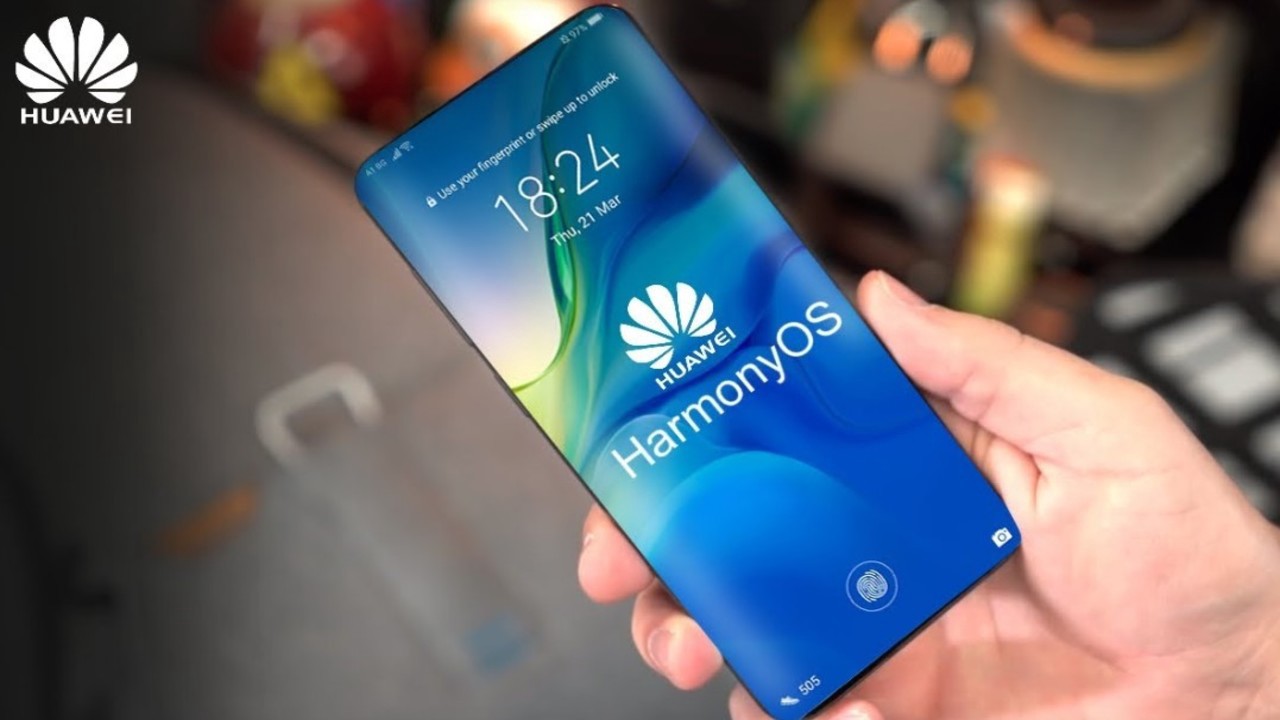New Huawei OS HarmonyOS Release Specification -Huawei OS HarmonyOS Devices List – Everything You Need To Know
New Huawei OS HarmonyOS Release Specification Huawei began a brand new chapter of HarmonyOS with version 2.0 with a tagline of “One as All, All as One.” Huawei also announced beta testing and a large upgrade roadmap for various Huawei devices. According to Huawei, HarmonyOS will be an important part of Huawei’s ecosystem over the next few years and eventually make its way into most of Huawei’s devices.
What is HarmonyOS?
Harmony (HongMeng OS) is a new microkernel-based, distributed operating system designed to deliver a new user experience across all devices and scenarios.
We are entering a time and age when people expect an intelligent, holistic experience on all devices and in all situations. We felt that an operating system with better cross-platform capabilities was necessary to support this. “We needed an OS that could be used across all scenarios and can be used across many devices and platforms. It also had to meet consumer demand for strong security and low latency.” Richard Yu, CEO of Huawei Consumer Business Group.
HarmonyOS is completely distinct from Android and iOS. It’s a distributed, microkernel-based OS that provides a seamless experience in all situations. It is trusted and secure and allows for seamless collaboration between devices. Richard explained that you could create your apps once and then deploy them on a variety of devices.
HarmonyOS Features:
- New Home Screen
- Service Widgets
- Control Panel
- Service Center
- Smart Folder
- HarmonyOS Fonts
- Super Device
- Huawei Share
- Smart Home
- Task Center
- Better Performance
- App Guard
- Collaborative Security
harmony is built on the following technical features:
1: Enjoy a seamless experience:
HarmonyOS uses distributed architecture and distributed virtual bus technology to offer a shared communications platform and distributed data management. It also offers distributed task scheduling and virtual peripherals. HarmonyOS allows app developers to concentrate on their individual service logic and not deal with the technology behind distributed apps.
It will be much easier to develop distributed apps than ever before. HarmonyOS apps can be run on multiple devices and provide a seamless, collaborative experience for all users.
2: Smooth Performance
HarmonyOS addresses underperformance issues with a Deterministic Lancy Engine and high-performance Inter-Process Communication.
The Deterministic latency engine sets priority tasks and schedules them in advance. The Deterministic Latency Engine will make it so that resources are more likely to be devoted to tasks with higher priority. This will reduce the app’s response time by 25%. The microkernel is capable of making IPC performance five times better than existing systems.
3: More secure
HarmonyOS features a new microkernel design with enhanced security and low latency. This microkernel was created to simplify kernel functions, add security protection, and implement many system services in user mode without the kernel. The microkernel provides basic services such as thread scheduling and IPC.
Harmony OS’s microkernel design employs formal verification methods to rebuild security and trustworthiness in a Trusted Execution Environment. Formal verification methods can be used to verify system accuracy from the source. Traditional verification methods such as functional verification or attack simulation are limited to specific scenarios. Formal methods can, however, use data models to verify all running software paths.
Harmony is also the first OS to use formal verification for device TEE. This significantly improves security. The attack probability is also greatly reduced because HarmonyOS’s microkernel contains less code (roughly one-thousandth of the Linux kernel).
4: All in one
HarmonyOS is powered by a multi-device integrated development environment, multi-language unified compilation and a distributed architectural kit. It can adapt to different screen layout controls and interactions and supports both drag-and-drop and preview-oriented visual programming.
Developers can create apps that work on multiple devices more efficiently. Developers can create their apps once and then deploy them to multiple devices. This allows for a tight integration of all devices.
Huawei ARK Compiler, the first static compiler, can run on Android’s virtual machine. This allows developers to compile advanced languages into machine code within a single environment. The Huawei ARK Compiler supports unified compilation in multiple languages. This will greatly increase developers’ productivity.
Devices that will get HarmonyOS from June 2, 2021
- Huawei Mate 40
- Huawei Mate 40 Pro
- Huawei Mate 40 Pro+
- Huawei Mate 40 RS Porsche Design
- Huawei Mate 40E
- Huawei Mate X2
- Huawei P40
- Huawei P40 4G
- Huawei P40 Pro
- Huawei P40 Pro Plus
- Huawei Mate 30 Pro 4G
- Huawei Mate 30 Pro 5G
- Huawei Mate 30E Pro 5G
- Huawei Mate 30 RS Porsche Design
- Huawei Mate 30 4G
- Huawei Mate 30 5G
- Huawei MatePad Pro WiFi
- Huawei MatePad Pro 5G
Devices that will get HarmonyOS from the third quarter of 2021:
- Huawei Mate Xs
- Huawei Mate 20
- Huawei Mate 20 Pro
- Huawei Mate 20 RS Porsche Design
- Huawei Nova 7 SE 5G
- Huawei Nova 7 SE 5G Lohas Edition
- Huawei Nova 7 SE 5G Vitality Edition
- Huawei Nova 8
- Huawei Nova 8 Pro
- Huawei Nova 8 Pro 4G
- Huawei Nova 7 5G
- Huawei Nova 7 Pro 5G
- Huawei Nova 6
- Huawei Nova 6 5G
- Huawei Nova 6 SE
- Huawei MatePad 10.8 inches
- Huawei MatePad 10.4 inches
- Huawei MatePad 5G 10.4 inches
Devices that will get HarmonyOS from the fourth quarter of 2021:
- Huawei Smart Screen V 55 2021
- Huawei Smart Screen V 65 2021
- Huawei Smart Screen V 75 2021
- Huawei Smart Screen V 85 2021
- Huawei Smart Screen S Pro 55
- Huawei Smart Screen S Pro 65
- Huawei Smart Screen S Pro 75
- Huawei Smart Screen S 55
- Huawei Smart Screen S 65
- Huawei Smart Screen S 75
- Huawei Smart Screen X 65
- Huawei P30
- Huawei Mate 20 X 4G
- Huawei Mate 20 X 5G
- Huawei Mate X
- Huawei P30 Pro
- Huawei Nova 5 Pro
- Huawei Enjoy 20 Pro 5G
- Huawei Enjoy Z 5G
- Huawei Enjoy 20 Plus 5G
- Huawei Maimang 9
- Huawei MediaPad M6 10.8-inch
- Huawei MediaPad M6 8.4-inch
- Huawei MediaPad M6 Turbo Edition
- Huawei Enjoy Tablet 2
Devices that will get HarmonyOS from the first half of 2022:
- Huawei Mate 10
- Huawei Mate 10 Pro
- Huawei Mate 10 Porsche Design
- Huawei Mate RS Porsche Design
- Huawei P20 Pro
- Huawei P20
- Huawei Nova 4
- Huawei Nova 3
- Huawei Nova 5i Pro
- Huawei Nova 5z
- Huawei Nova 5
- Huawei Nova 4e
- Huawei Maimang 8
- Huawei Enjoy 9S
- Huawei Nova 5i
- Huawei Enjoy 10 Plus
- Huawei Mate 9
- Huawei Mate 9 Pro
- Huawei Mate 9 Porsche Design
- Huawei P10
- Huawei P10 Plus
- Huawei Nova 2s
- Huawei Enjoy 10
- Huawei Enjoy 10s
- Huawei Enjoy 9 Plus
- Huawei Nova 3i
- Huawei MediaPad M5 10.8 inches
- Huawei MediaPad M5 8.4 inches
- Huawei MediaPad M5 Pro 10.8 inches
- Huawei MediaPad M5 Youth Edition 10.8 inches
- Huawei MediaPad M5 Youth Edition 8 inches
- Huawei Enjoy Tablet
- Huawei Smart Screen V55i
- Huawei Smart Screen V65i
- Huawei Smart Screen V 65
- Huawei Smart Screen V 65 2019
- Huawei Smart Screen V 76 2019
HarmonyOS Smartphone Launch Date:
Huawei launched HarmonyOS on June 2nd for smartphones, tablets, and smartwatches. It also supports IoT devices. Richard Yu, the CEO of Huawei Consumer Business, announced earlier that HarmonyOS would be launched in April. Huawei Mate X2 will be the first batch of devices that the company will start updating, and this is confirmed by Richard Yu, CEO of Huawei Consumer Business.
First smartphones:
Huawei’s MatePad Pro and Huawei Watch 3 were launched on June 2, 2021. They also had pre-installed HarmonyOS. There were also many previous flagships like Mate X2, Mate 40, and Mate 40 that came with HarmonyOS.
HarmonyOS will be available on over 100 devices.
Huawei announced on June 2 that HarmonyOS would be installed in more than 100 Huawei and Honor smartphones. This is a huge plan. The company will also upgrade nearly every smartphone capable of running HarmonyOS.

